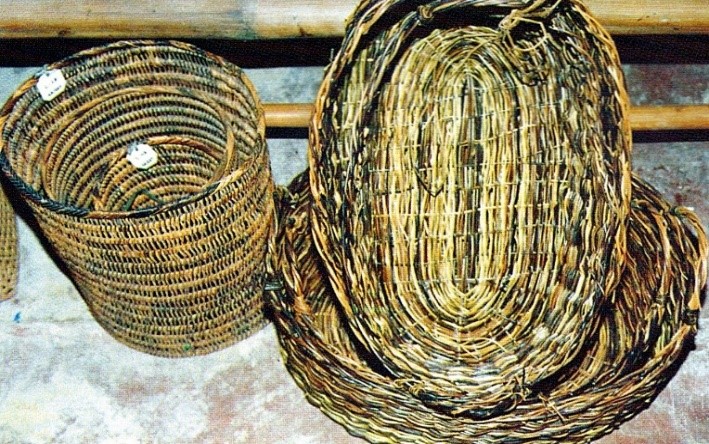 The growth of handicraft and furniture industries is constrained by uncertainty in the supply of raw materials. Forest vines, a lesser-studied non-timber forest products (NTFP), are important source of raw materials for these industries. However, unlike other NTFPs, very little information is available on the vine supply chain, the participants and the activities they perform, and the problems they face.
The growth of handicraft and furniture industries is constrained by uncertainty in the supply of raw materials. Forest vines, a lesser-studied non-timber forest products (NTFP), are important source of raw materials for these industries. However, unlike other NTFPs, very little information is available on the vine supply chain, the participants and the activities they perform, and the problems they face.
To address this gap, the Philippine Council for Agriculture, Aquatic and Natural Resources Research and Development (PCAARRD) recently approved the project proposal of the Forest Products Development and Research Institute (FPRDI) to assess the supply chain of commercially important forest vines in the Philippines.
The results of the study would aid policy makers and developmental agencies with necessary information towards efficient and effective production and marketing of forest vines.
 Major forest vine species that will be covered are hinggiw (Ichnocarpus frutescens), lukmoy (Rhaphidophora sp.), hagnaya (Stenochlaena palustris), tilob (Dicranopteris linearis), nito (Lygodium circinnatum), and galtang (Arcangelisia).
Major forest vine species that will be covered are hinggiw (Ichnocarpus frutescens), lukmoy (Rhaphidophora sp.), hagnaya (Stenochlaena palustris), tilob (Dicranopteris linearis), nito (Lygodium circinnatum), and galtang (Arcangelisia).
Key production areas such as Batanes, Quezon, Bicol, Cebu, and Surigao del Sur will be covered by the study and will be implemented for one year under the leadership of Ms. Carolyn Marie Garcia, Senior Science Research Specialist of FPRDI.
The vine handicraft and furniture industries has bright prospects as a dollar earner because of the unique Filipino designs and craftsmanship. Forest vines are being developed into wall decors, trays, vases, baskets, chairs, and ladies’ bags, among others.
